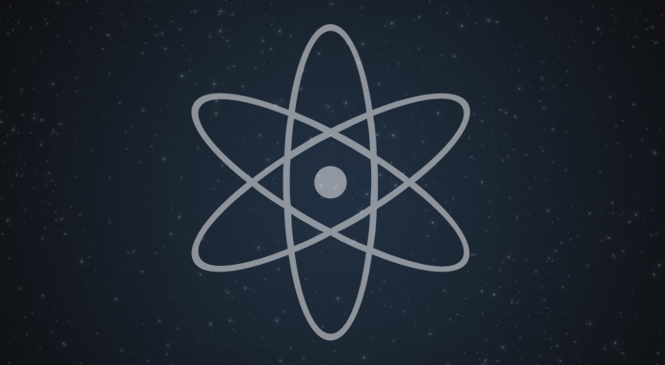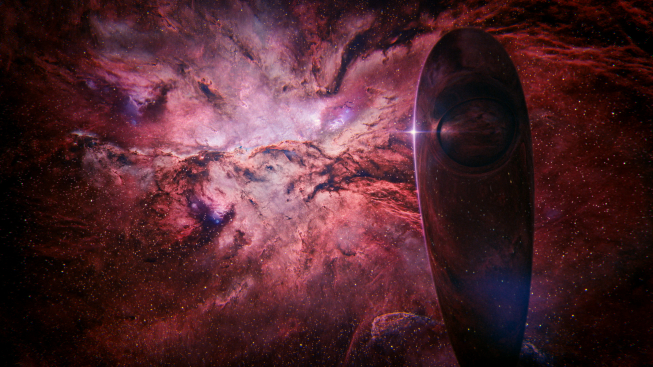Science News May 5th, 2019

SpaceX launches (semi)successfully, NASA prepares for asteroids, FCC approves Starlink, the UK has a new laser, new contact lenses for the military, 3D printed organs are getting closer, skin cells can make embryos, a fetal DNA treatment, and images from monkey brains. Here are this week’s headlines:
SpaceX Launch
It came after a few technical problems, but it finally launched. A little before 3 am EDT on May 4th, CRS-17, the seventeenth resupply mission to the International Space Station, lifted off. The mission was delayed by a few issues. First was the catastrophic failure of the Dragon Crew capsule on April 20th that still has that landing pad shut down. So they used a drone ship to land the first stage out on the ocean. But an electrical failure on that ship forced another delay. There was also a helium leak, but that was on the ground and not the spacecraft itself. But other than those issues, it went off without a hitch. The capsule with its payload of science experiments is expected to dock with the ISS on Cinco de Mayo. And the booster rocket landed perfectly on the drone ship named Of Course I Love You. Thank you, SpaceX. Sometimes we need to be reminded of that.
Asteroid Drill
There are preparation drills for all kinds of disasters. So why not have a preparation drill for a possible asteroid strike? That’s exactly what has been going on this week in College Park, Maryland, at NASA’s Planetary Defense Conference. Scientists have been planning out strategies for dealing with such a disaster in their seventh-ever asteroid preparedness drill. Although scientists don’t necessarily see a real impact scenario any time soon, it could still happen at any time, so it’s always good to prepare.
Starlink Approval
The FCC has given the green light for the proposed Starlink satellite constellation being developed by SpaceX. The satellite network is intended to allow worldwide Internet access with a very low latency, low enough to allow online gaming. The plan is to eventually have over 4,000 satellites in orbit. However, rival companies OneWeb and Kepler Communications claim that the lower orbits could cause interference with the other companies’ satellite networks. The commission disagrees. SpaceX hopes that providing Internet access in such a manner will help fund later projects such as flying to Mars.
Military Laser Based on Race Car Tech
The British Royal Navy is testing a new laser system using Formula One technology. In order to provide enough energy to fire the laser cannon effectively, they are using a Flywheel Energy Storage System, or FESS, developed by the Williams F1 team. The high-speed, lightweight flywheels are designed to provide the electrical pulses needed while minimizing the power required from the rest of the ship’s power systems. No word yet on when the system will go into active operation.
https://www.gov.uk/government/news/uk-usa-test-naval-power-systems
Bionic Vision
A French firm called IMT Atlantique has reportedly developed a contact lens with a flexible battery that can not only enhance a wearer’s vision, it can also act as a sort of heads up display. And the Defense Advanced Research Projects Agency, or DARPA, is interested in its possible military applications. The American defense agency has been on the lookout for technology that will enhance a soldier’s vision for quite some time. And now it seems that the French device, which doesn’t need an external power supply, just might fit the bill. Microsoft is also interested in the technology. They themselves were recently contracted by the U.S. Army to provide the HoloLens augmented reality headset.
3D Printed Organ Advancement
Researchers have developed a new technique for 3D printing intricate bodily organs. The new technique allows the growth of vascular channels for moving fluids such as blood and air. Although still a ways away from making fully functional organs, the researchers have developed a working proof of concept showing the ability to create a complex vascular network. There are still more hurdles to overcome before 3D printed organs become a practical reality.
https://www.sciencedaily.com/releases/2019/05/190502143518.htm
Skin Cell Embryos
Researchers at The Hebrew University of Jerusalem have figured out a way to turn skin cells into the three main types of stem cells that make up an embryo. The work is currently being done with mouse cells. Although intended for modeling embryonic disease and placental dysfunction, this could likely reignite the controversy surrounding the cloning issue.
https://www.sciencedaily.com/releases/2019/05/190502143437.htm
Correcting Autism With CRISPR
Angelman Syndrome is a condition which can cause delays in development, seizures, impaired speech, and even autism. But now scientists believe that using CRISPR technology, the condition can be treated in fetuses. The condition is believed to be caused by a particular gene that is missing or mutated. The new treatment involved injecting a molecule that can repair the damage directly into a fetal brain. If it proves effective, they think it could lead to treatments for other genetic conditions linked to autism.
Injecting CRISPR into fetal brain may correct autism mutations
A.I. Monkey Brain Imagery
And finally, scientists have used artificial intelligence to create some rather creepy images that are pleasing to a monkey’s brain. They had a monkey watching a screen while a computer began to form images while a part of the monkey’s brain was being monitored for stimulation. That part of the brain is associated with recognizing faces. Eventually some images began to form that vaguely resembled a monkey in a neighboring cage. Later, an image formed resembling one of the monkey’s caretakers. As strange as those images appear though, it does offer scientists some insight into how the brain interprets the world around.
![]()




